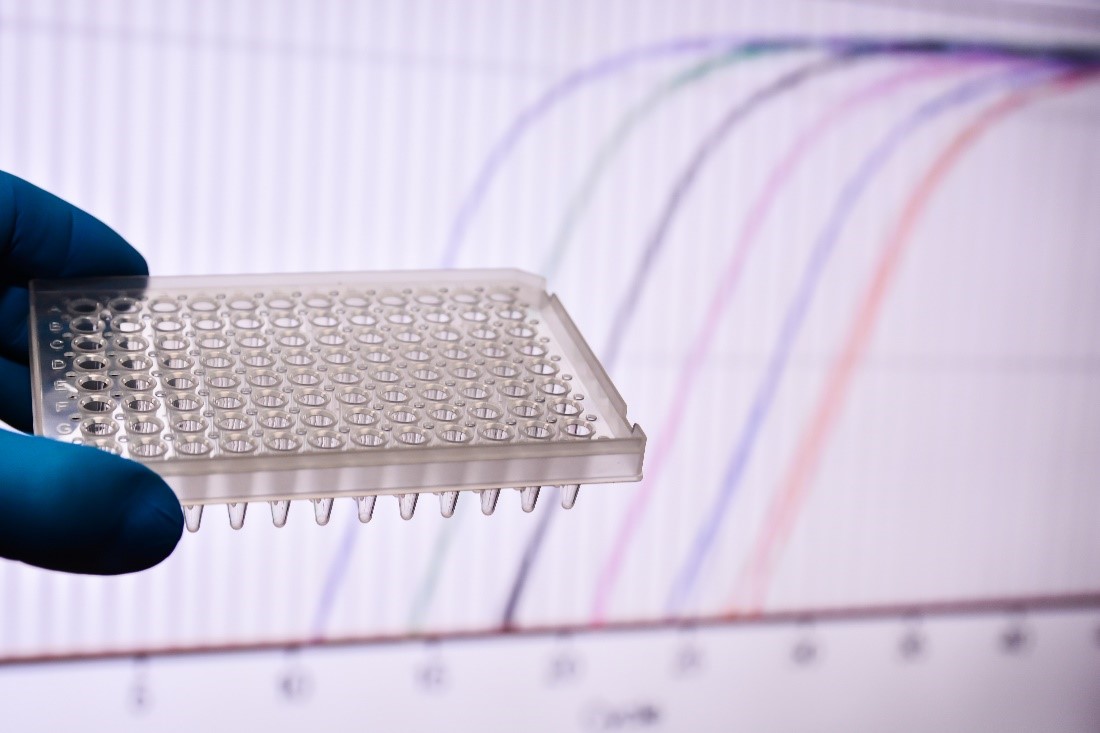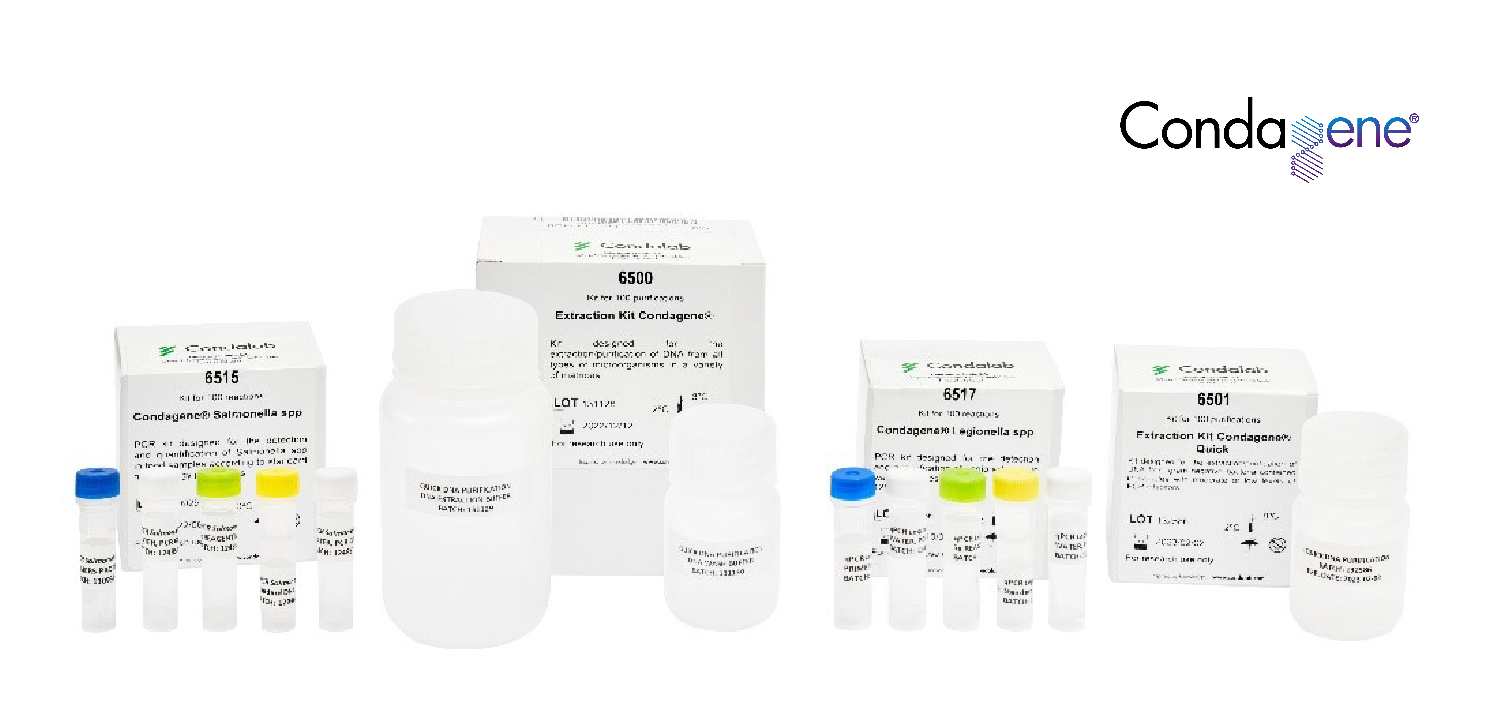
qPCR vs Traditional Microbiology Techniques: Which Prevails?
PCR, developed in 1986 by the American scientist Kary Mullis, who was later honoured with a Nobel Prize in 1993, has significantly evolved since its inception. It gained widespread use in 2005 with the advent of Real-Time PCR, and its prominence was further cemented during the COVID-19 pandemic.
The fundamental principle of this method involves amplifying a specific DNA region, such as that of a microorganism under study, using a set of primers. PCR has thousands of variants, one of the most pivotal being qPCR, which facilitates quantification through a fluorescently labelled probe that binds to the target sequence. The process initiates with a temperature change that separates the DNA strands, allowing the primers and probe to attach, followed by the polymerase starting its function to amplify thousands of copies of the target region.
This entire reaction is conducted within a thermal cycler that repeatedly executes temperature cycles and detects the fluorescence emitted by the reaction. This enables the observation of fluorescence versus cycles curve, allowing for the detection and quantification of the microorganism.
qPCR is acclaimed for its high sensitivity, precision, and speed, delivering accurate results in less than 2 hours.

Food Microbiology and qPCR
In the realm of microbiology, the advances of PCR, particularly qPCR, are increasingly notable, primarily due to its rapid processing times. For instance, the detection of Legionella spp. via traditional culture, methods can take around 15 days to yield results, whereas employing a qPCR kit can reduce this period to just 48 hours.
qPCR excels due to its remarkable accuracy; a negative result typically requires no further confirmation. It can also be automated in labs dealing with high volumes of samples, which helps reduce processing times and minimises human error.
Nevertheless, traditional methods still hold sway in food microbiology due to robust regulatory endorsements. However, regulations are gradually adapting to meet industry demands, and with standards such as ISO 16140-2, laboratories can now validate alternative methods against reference methods, thereby leveraging the numerous benefits of qPCR.
Condagene®: Your Premier Partner
Condalab is delighted to present our Condagene® line, featuring pathogen detection and quantification kits that are specifically designed to enhance efficiency in laboratory workflows.

Our line includes three detection kits:
Additionally, we offer two kits for the extraction of nucleic acids: Condagene® Complex, designed for samples with high inhibitor loads or scant genetic material, and Condagene® Quick, which enables the extraction of a sample in merely 17 minutes.
As PCR detects genetic material irrespective of the viability of the organism, Condalab has designed a viability PCR. The ViableCell reagent eliminates dead or non-viable cells to prevent false positives and exclusively detect live/viable cells, thus ensuring optimal and robust results.
As a trusted partner of Condalab, Lab Unlimited is committed to delivering the best in microbiology innovations through our Condagene® product line. We invite laboratories, researchers, and industry professionals seeking advanced microbial detection solutions to explore how our expertise can enhance your operational efficiency and safety. For more information or to discuss your specific needs, please do not hesitate to contact us.
|
To find out more: |
